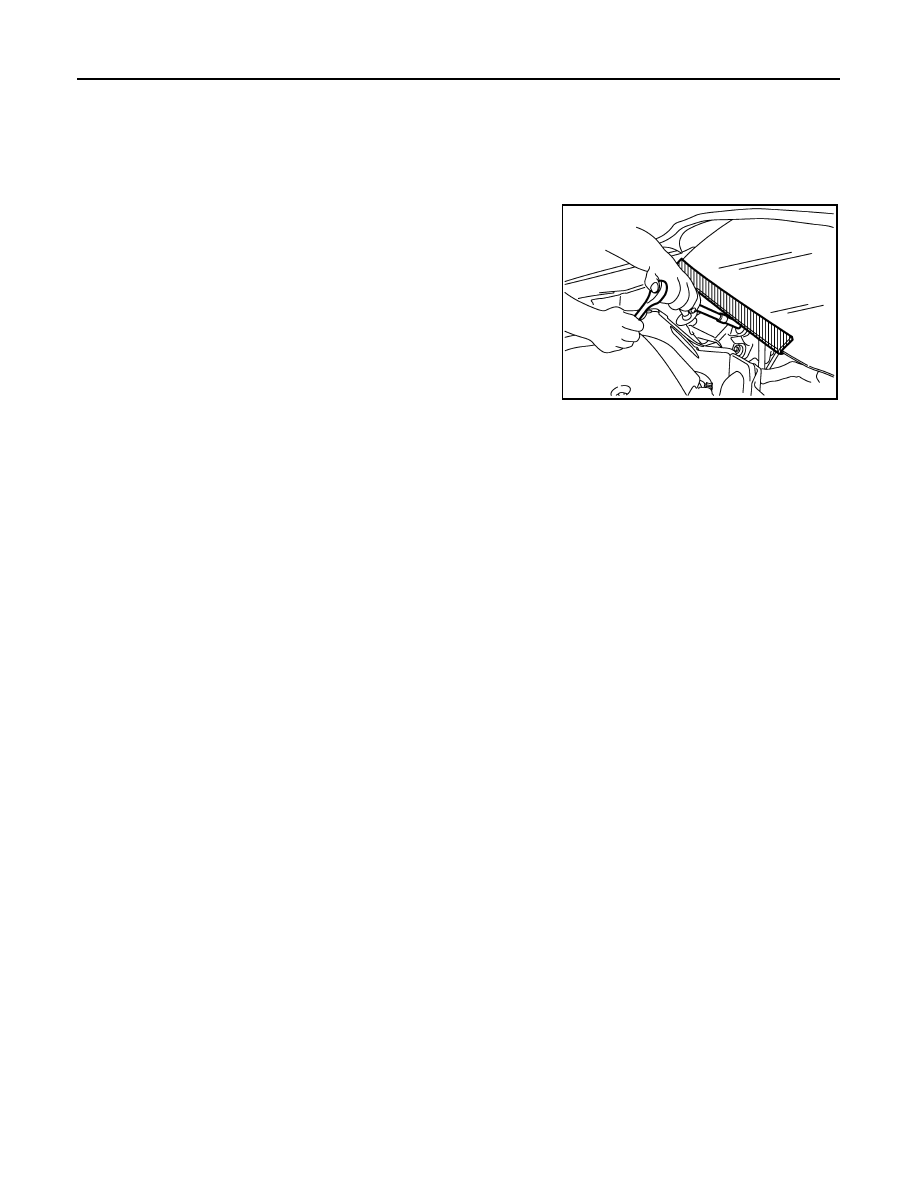Infiniti QX56 (Z62). Manual - part 839

INT-4
< PRECAUTION >
PRECAUTIONS
5.
When the repair work is completed, re-connect both battery cables. With the brake pedal released, turn
the push-button ignition switch from ACC position to ON position, then to LOCK position. (The steering
wheel will lock when the push-button ignition switch is turned to LOCK position.)
6.
Perform self-diagnosis check of all control units using CONSULT-III.
Precaution for Procedure without Cowl Top Cover
INFOID:0000000006415651
When performing the procedure after removing cowl top cover, cover
the lower end of windshield with urethane, etc.
Precaution for Work
INFOID:0000000006415642
• After removing and installing the opening/closing parts, be sure to carry out fitting adjustments to check their
operation.
• Check the lubrication level, damage, and wear of each part. If necessary, grease or replace it.
PIIB3706J